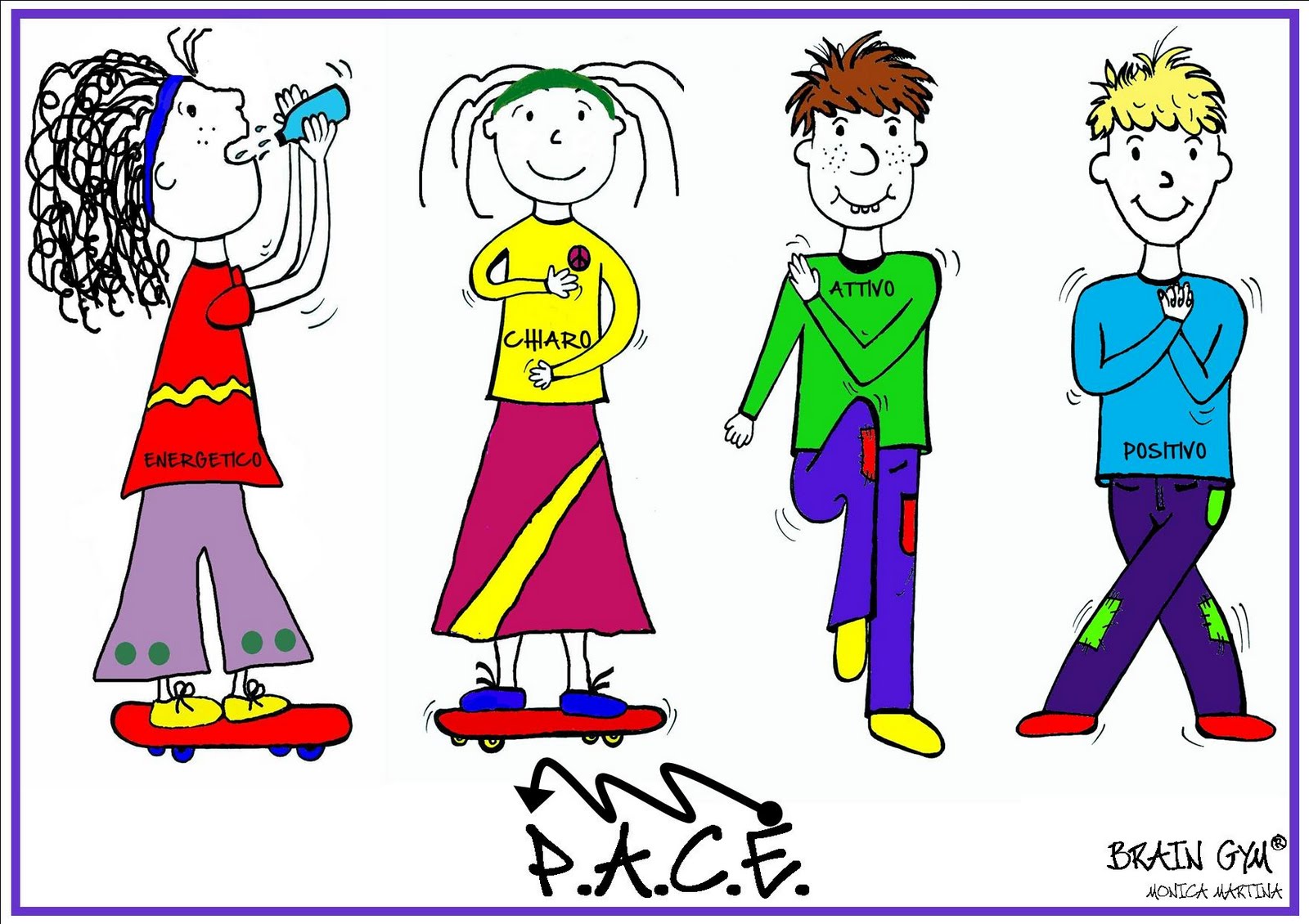

😉įor us, each child had a list of exercises. At a minimum it gets the oxygen flowing to the brain again. However, I do know that having an exercise break between each lesson and doing one of the exercises does make schoolwork more fun. How much of our progress is maturation vs. My formerly physically uncoordinated child no longer has that problem. However, these days my ADHD child has NO problem focusing on a lesson long enough to get it done.

In our household, the Brain Gym was used mostly as a tool for overcoming physical “awkwardness.” It was also used to help an ADHD mind focus on learning tasks long enough to complete them.Īs with any physical therapy program, progress is slow. Then I set up a routine using the exercises that son needed. When I set up my boy’s programs, I used the book to determine which exercises would be best for each son. This section gives information about origin of the exercise and provides information on how it was first used. “Related Movements” – Other exercises that go well with this one, (which saves you time in putting together a routine to target a specific area).Īnd “History of the Movement” – tells about how this exercise was determined to help develop the skills being targeted. “Behavior and Postural Correlates” (coordination, breathing, stamina, increased energy, spatial awareness, hearing, vision, left/right awareness, body awareness, movement skills, etc.). “Academic Skills” addressed by this exercise (spelling, writing, listening, reading, comprehension, following directions, memory, etc.).Īlso included in the listings for each exercise is information about: “Activates the brain for…” (crossing the midline, eye movements, spatial awareness, eye-hand coordination, short or long-term memory, saccadic eye movements, expressive speech, organization skills, attention/focus, etc.). “Variations” – How the exercise that can be changed to enhance your child’s interest and lower boredom with the same old thing every day. “Teaching Tips” – Ways you can increase the effectiveness of the exercise. The information categories for the book lists for each exercise are: It also gives a recommended number of daily repetitions.
LIST OF BRAIN GYM EXERCISES HOW TO
It also tells what areas of functioning the exercise targets and has drawings of how to do the exercise. The book has explanations about the the whys and how Brain Gym works.
LIST OF BRAIN GYM EXERCISES MANUAL
The **Brain Gym Teacher’s Manual allows you to create a physical therapy types of routine targeted to your child’s deficit areas. These brain-based learning exercises can help your child with attention deficits, coordination issues, memory deficits, stamina, and other difficulties that affect learning. The Brain Gym exercises can be done one-at-a-time or in an exercise routine. **Brain Gym is a type of exercise program designed to enhance learning. However, you can buy a book with the exercises pictured for a low cost on Amazon. Since the brain gym exercises pictures in the books are copyrighted, I can’t provide them here. Another exercise involves bending over, dangling the arms with clasped hands, and swinging the arms like an elephant’s trunk. The Brain Gym exercises are relatively easy. One exercise has your child make a large, sideways figure eight with his arm extended in front of his body. doi:10.Brain Gym is an effective and easy program to implement.

We can boost IQ: Revisiting Kvashchev's experiment. How much physical activity do adults need? Mindfulness meditation is related to long-lasting changes in hippocampal functional topology during resting state: A magnetoencephalography study.

Lardone A, Liparoti M, Sorrentino P, et al. Association of social contact with dementia and cognition: 28-year follow-up of the Whitehall II cohort study. Sommerlad A, Sabia S, Singh-manoux A, Lewis G, Livingston G. Keep Your Brain Alive: 83 Neurobic Exercises to Help Prevent Memory Loss and Increase Mental Fitness, by Lawrence Katz and Manning Rubin. The impact of sustained engagement on cognitive function in older adults: the Synapse Project. Healthy lifestyles reduce the incidence of chronic diseases and dementia: evidence from the Caerphilly cohort study. Exercise-mediated neurogenesis in the hippocampus via BDNF. Relationship between physical activity and brain atrophy progression. Yuki A, Lee S, Kim H, Kozakai R, Ando F, Shimokata H. A Consensus on the Brain Training Industry from the Scientific Community. Max Planck Institute for Human Development and Stanford Center on Longevity.


 0 kommentar(er)
0 kommentar(er)
